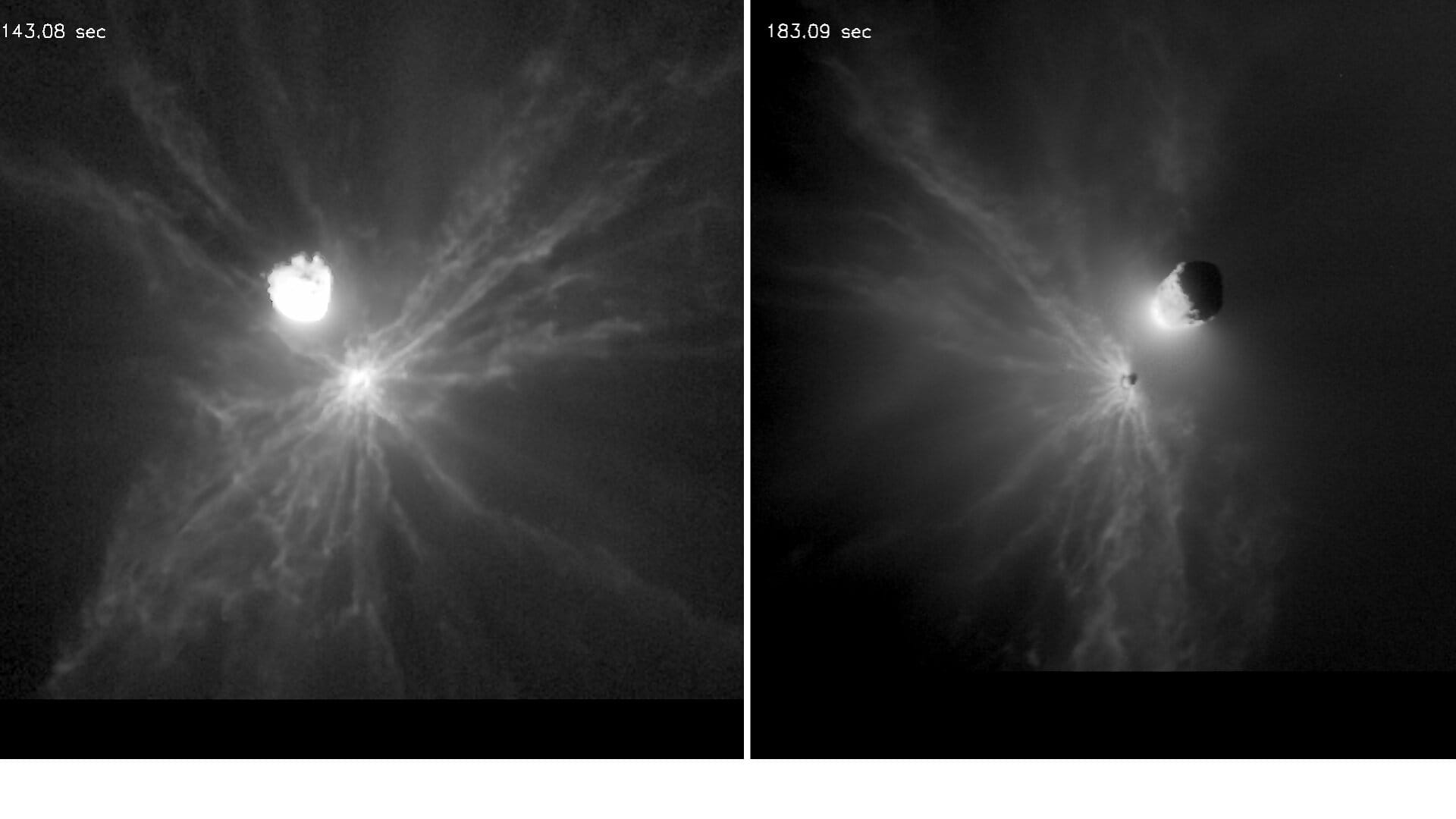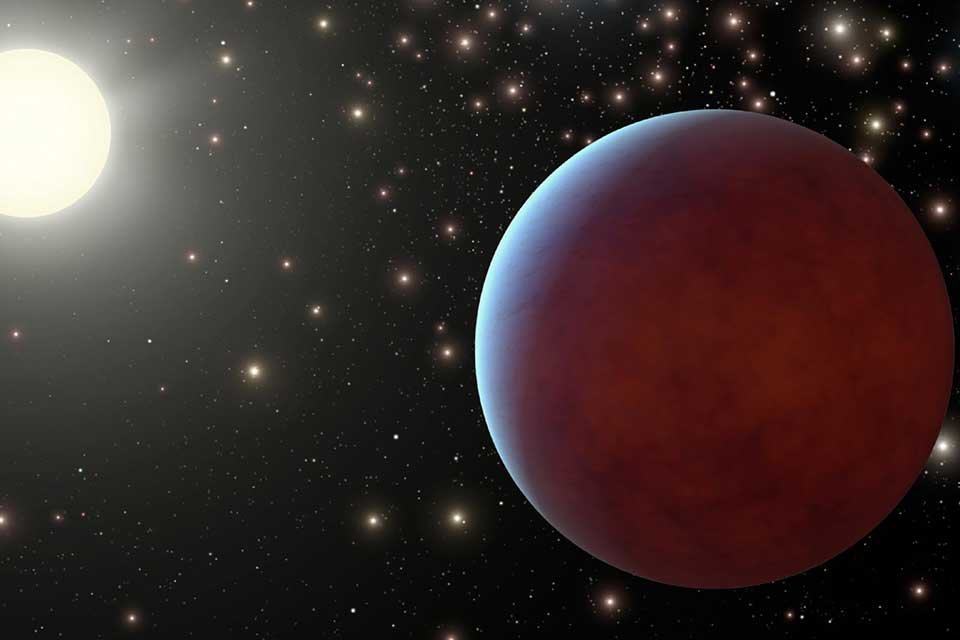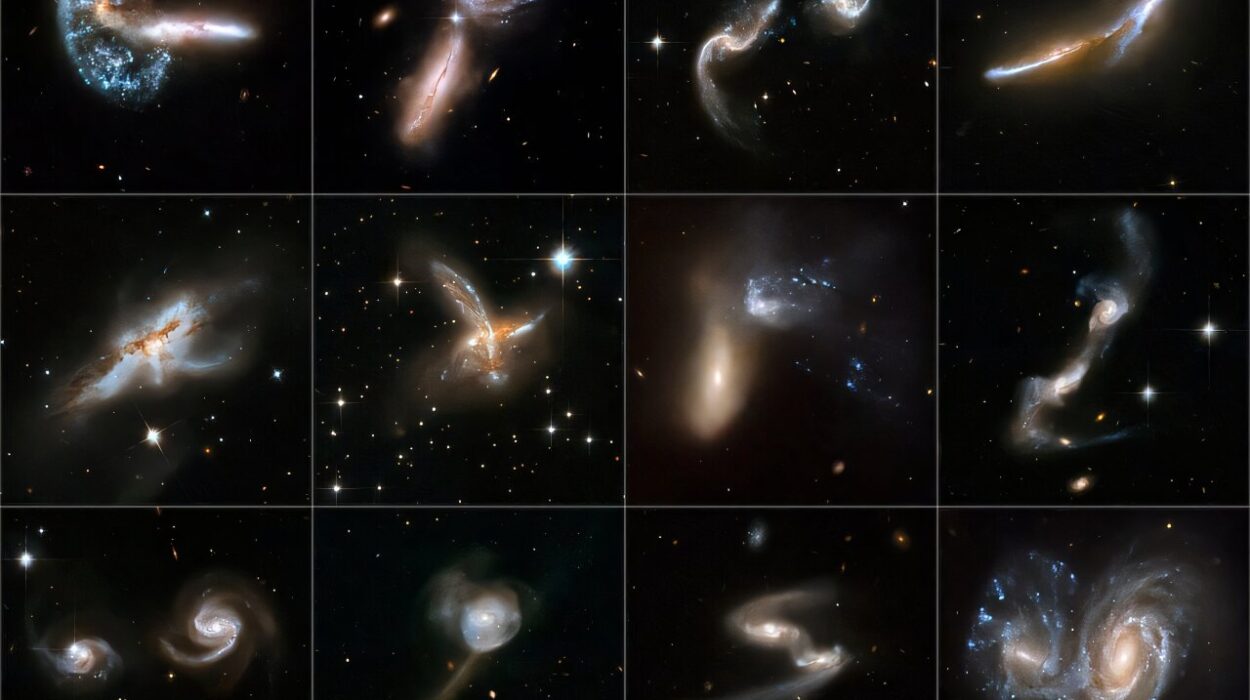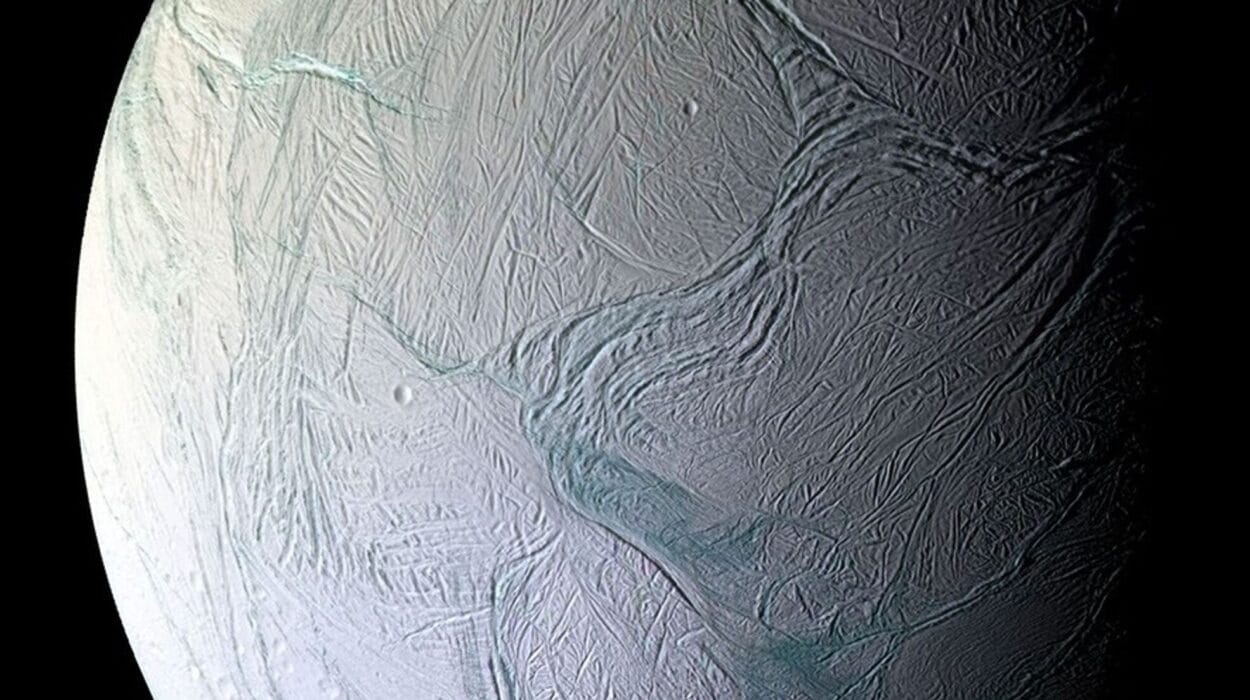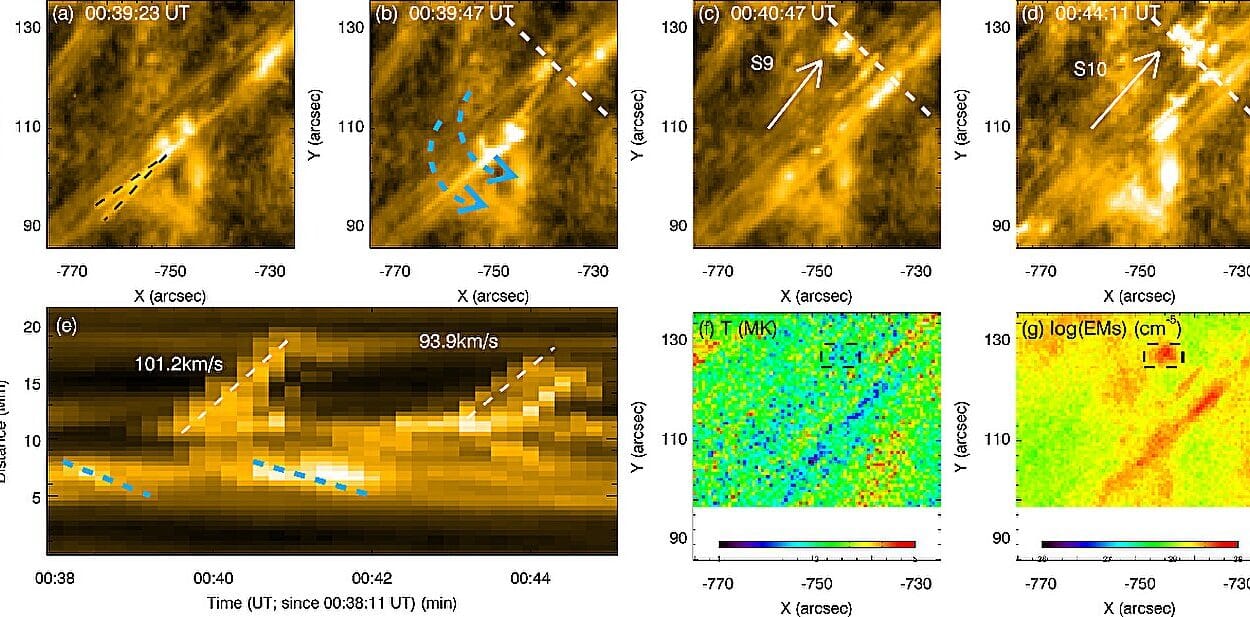Under a black, silent sky in September 2022, humanity took its first real swing at cosmic defense. NASA’s DART spacecraft—a squat box the size of a vending machine, powered by shining solar panels—hurtled through the void at nearly 14,000 miles per hour, locked onto its distant target: a small moonlet called Dimorphos, circling a larger asteroid named Didymos.
The world watched as DART slammed into the rocky surface of Dimorphos, sacrificing itself in a brilliant flash of kinetic violence. For planetary defense scientists, it was a historic moment. The impact successfully nudged Dimorphos into a slightly shorter orbit around Didymos, proving that it’s possible, in principle, to shift the path of a celestial body—a potential lifesaver if an asteroid ever threatened Earth.
But now, nearly three years later, a new study reveals that the story didn’t end with the impact. Instead, DART’s collision unleashed a chaotic cosmic storm—a torrent of boulders and debris that, quite literally, added its own punch to the asteroid’s journey through space.
And it’s a revelation that might rewrite the rulebook for defending our planet from killer asteroids.
A Space Rock Storm with Unexpected Force
In research published this week in the Planetary Science Journal, a team led by astronomers at the University of Maryland has shown that DART’s violent crash into Dimorphos didn’t simply shove the asteroid aside—it ejected a furious cloud of debris that delivered more than three times the momentum of the spacecraft itself.
“We succeeded in deflecting an asteroid, moving it from its orbit,” said Tony Farnham, lead author of the paper and a research scientist in UMD’s Department of Astronomy. “Our research shows that while the direct impact of the DART spacecraft caused this change, the boulders ejected gave an additional kick that was almost as big.”
In other words, DART didn’t just hit Dimorphos—it effectively turned the asteroid into a cosmic shotgun blast.
Tracking Boulders in the Dark
To untangle this cosmic chaos, the scientists turned to images captured by LICIACube—a tiny Italian spacecraft that trailed behind DART to witness the spectacle.
From LICIACube’s vantage point, the collision’s aftermath was a swirling cloud of rock and dust. But a closer look revealed a startling level of detail: 104 individual boulders, ranging from the size of bowling balls to compact cars, hurtling away from Dimorphos at speeds up to 52 meters per second (about 116 miles per hour).
These weren’t random scatterings. Instead, the team discovered that the boulders clustered into two distinct groups, leaving curious gaps in other directions.
“We saw that the boulders weren’t scattered randomly in space,” Farnham said. “Instead, they were clustered in two pretty distinct groups, with an absence of material elsewhere, which means that something unknown is at work here.”
A Game of Cosmic Pool
So what caused the peculiar patterns in the asteroid’s debris cloud?
The answer, scientists believe, lies in the structure of Dimorphos itself—and in the final moments of DART’s life. According to Jessica Sunshine, second author of the new paper and professor of astronomy and geology at UMD, it appears DART’s solar panels smacked into two large boulders—nicknamed Atabaque and Bodhran—just milliseconds before the main body of the spacecraft struck.
That collision likely shattered those boulders into thousands of fragments, contributing to the wild spray of debris.
“Evidence suggests that the southern cluster of ejected material is probably made up of fragments from Atabaque, a 3.3-meter-radius boulder,” Sunshine explained.
It’s a reminder that asteroid impacts are never as simple as just hitting a rock. The surface features—whether it’s smooth dust, large boulders, or a rubble pile of loose material—change everything about the aftermath.
Sunshine, who also worked on NASA’s Deep Impact mission in 2005, draws a fascinating comparison. Deep Impact smashed into a comet composed of fine, powdery particles. The resulting debris spread out smoothly and evenly. But DART hit a far rockier surface, creating “chaotic and filamentary structures” in the ejecta.
“Comparing these two missions side-by-side gives us this insight into how different types of celestial bodies respond to impacts,” Sunshine said. “Which is crucial to ensuring that a planetary defense mission is successful.”
A New Layer of Complexity
Beyond the spectacle of flying boulders, the implications for planetary defense are serious—and a bit unsettling.
The momentum imparted by the ejected rocks didn’t line up neatly with DART’s incoming path. Much of it was perpendicular to the spacecraft’s trajectory. That off-axis kick could have tilted Dimorphos’ orbit by as much as a degree and even set the small moon tumbling unpredictably through space.
Imagine trying to play billiards—except that every time your cue ball strikes another ball, fragments explode in all directions, each delivering its own unpredictable shove. That’s the reality planetary defense engineers now face.
“You can think of it as a cosmic pool game,” Sunshine said. “We might miss the pocket if we don’t consider all the variables.”
If an asteroid ever threatened Earth, it might not be enough to simply aim a spacecraft at it. Scientists will have to account for the chaotic spray of debris, the composition of the asteroid’s surface, and how all those factors might change the asteroid’s path in unexpected ways.
Eyes on Hera
The mystery isn’t over yet.
The European Space Agency’s Hera mission, scheduled to arrive at the Didymos-Dimorphos system in 2026, will provide crucial follow-up. Hera will map Dimorphos’ crater, measure the asteroid’s precise shape and spin, and help determine how all those ejected boulders affected its orbit.
“Data gathered from LICIACube provides additional perspectives on impact events, especially as DART was originally designed to solely rely on Earth-based observations,” Farnham said. “Hera will do the same by giving us another direct view of the impact’s aftermath, relying on the predictions we’ve made using data gathered from DART.”
Until Hera arrives, planetary scientists are left piecing together a cosmic puzzle, one clue at a time.
Defending Earth—One Impact at a Time
For now, the lesson from DART is clear: Deflecting an asteroid is possible—but it’s far more complex than smashing a rock in space.
If an asteroid were ever headed our way, saving the planet would require more than brute force. It would demand knowledge of surface geology, precise calculations of debris trajectories, and perhaps even multiple spacecraft to monitor the evolving aftermath.
Yet despite the complexity, DART’s legacy remains a hopeful one. For the first time, humanity has demonstrated that we have the tools to nudge a celestial body off course—a cosmic insurance policy against the very fate that wiped out the dinosaurs.
And thanks to the brilliant flashes captured by tiny spacecraft like LICIACube, we’re learning the subtle rules of this high-stakes cosmic billiards game—one asteroid at a time.
Reference: Tony L. Farnham et al, High-speed Boulders and the Debris Field in DART Ejecta, The Planetary Science Journal (2025). DOI: 10.3847/PSJ/addd1a
